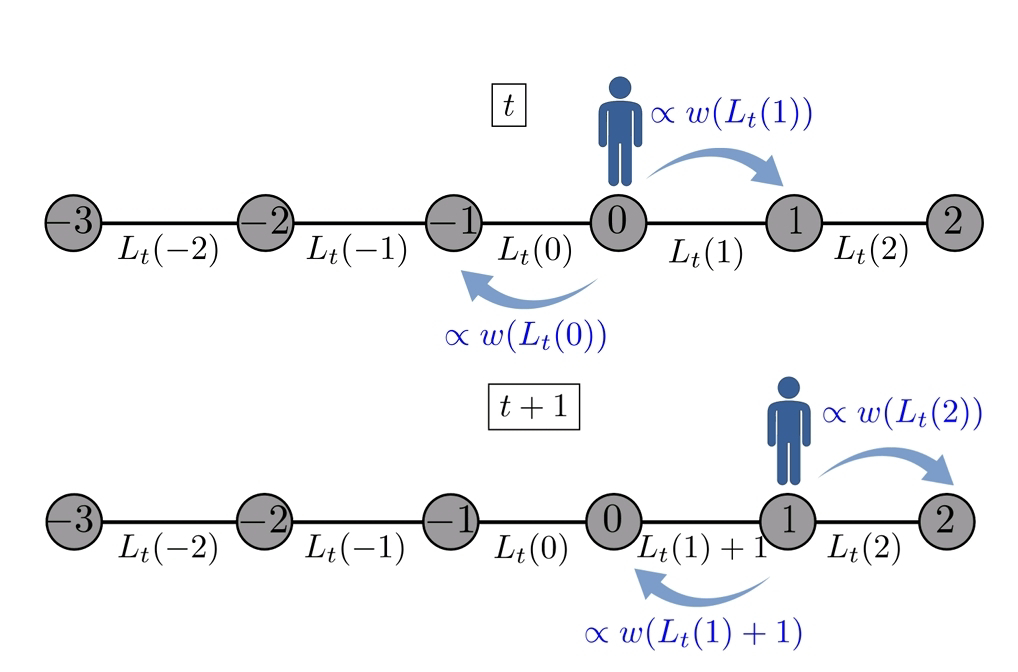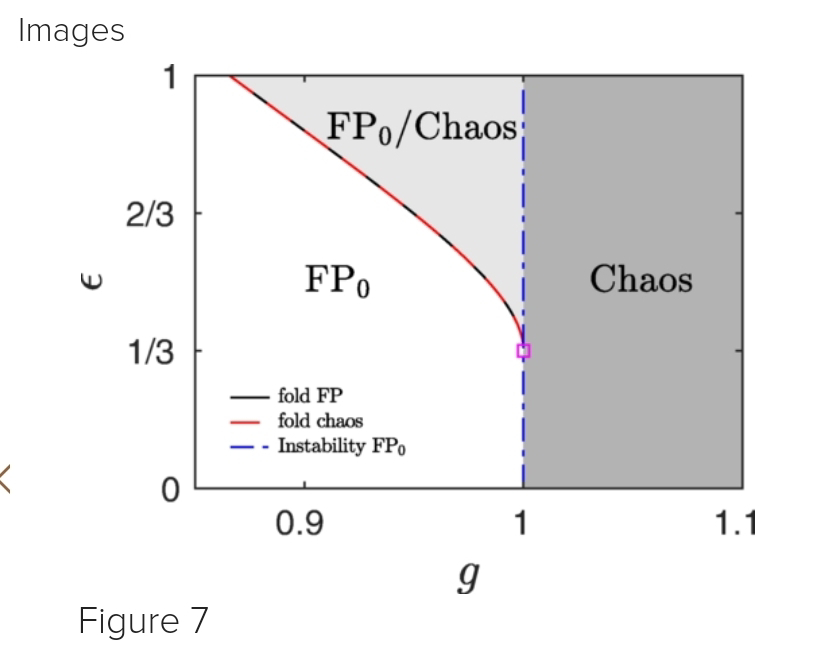Translate
martedì 20 maggio 2025
# gst: biased random walks on networks with stochastic resetting.
lunedì 23 dicembre 2024
# gst: apropos of interweavings, linking dispersion and stirring in randomly braiding flows.
venerdì 10 ottobre 2025
# gst: random trajectories in bounded domains
lunedì 4 agosto 2025
# behav: souvenir collector's walk; the distribution of the number of steps of a continuous-time random walk ending at a given position.
sabato 16 marzo 2024
# gst: apropos of random walks, intermittent random walks under stochastic resetting
lunedì 31 gennaio 2022
# evol: the hypothesis of quasi-stochastic 'jazzy' metamechanics of biological evolution (in Arabidopsis thaliana)
martedì 16 settembre 2025
# gst: randomness with constraints: constructing minimal models for high-dimensional biology.
lunedì 6 maggio 2024
# gst: random walk model for dual cascades in wave turbulence.
sabato 24 maggio 2025
# gst: apropos of absorbing targets, persistence exponents of self-interacting random walks
lunedì 2 giugno 2025
# gst: apropos of ambiguous scenarios, very persistent random walkers reveal transitions in landscape topology
giovedì 23 marzo 2023
# gst: apropos of weakly coupled oscillators, a new approach to depict about their spontaneous stochastic activities
martedì 9 luglio 2024
# gst: discontinuous transition to chaos in a canonical random neural network
sabato 21 agosto 2021
# gst: apropos of transitions, randomness can stabilize edge states in short- lifetime regions of disordered periodically-driven systems
venerdì 27 giugno 2025
# gst: random interaction in active matter models; critical changes in Vicsek's scenario.
mercoledì 7 marzo 2018
# gst: random walk to describe a interplay between the inter-chain hopping and the intra-chain hopping in amorphous Polyimide nanofibers
AA << report the observation of a crossover of heat conduction behavior from three dimensions (3D) to quasi-one dimension (1D) in Polyimide(PI) nanofibers at a given temperature. A theoretical model based on the random walk theory has been proposed to quantitatively describe the interplay between the inter-chain hopping and the intra-chain hopping in nanofibers. This model explains well the diameter dependence of thermal conductivity and also speculates the upper limit of thermal conductivity of amorphous polymers in the quasi-1D limit. >>
Lan Dong, Qing Xi, et al. Dimensional crossover of heat conduction in amorphous Polyimide nanofibers. National Science Review. nwy004. doi: 10.1093/nsr/nwy004. Jan 09, 2018.
https://academic.oup.com/nsr/advance-article/doi/10.1093/nsr/nwy004/4794956
<< The intrinsic structure of amorphous polymers is highly disordered with long, entangled molecular chains >>
Science China Press. "Random walk" of heat carriers in amorphous polymers. Mar 01, 2018.
https://m.phys.org/news/2018-03-random-carriers-amorphous-polymers.html










